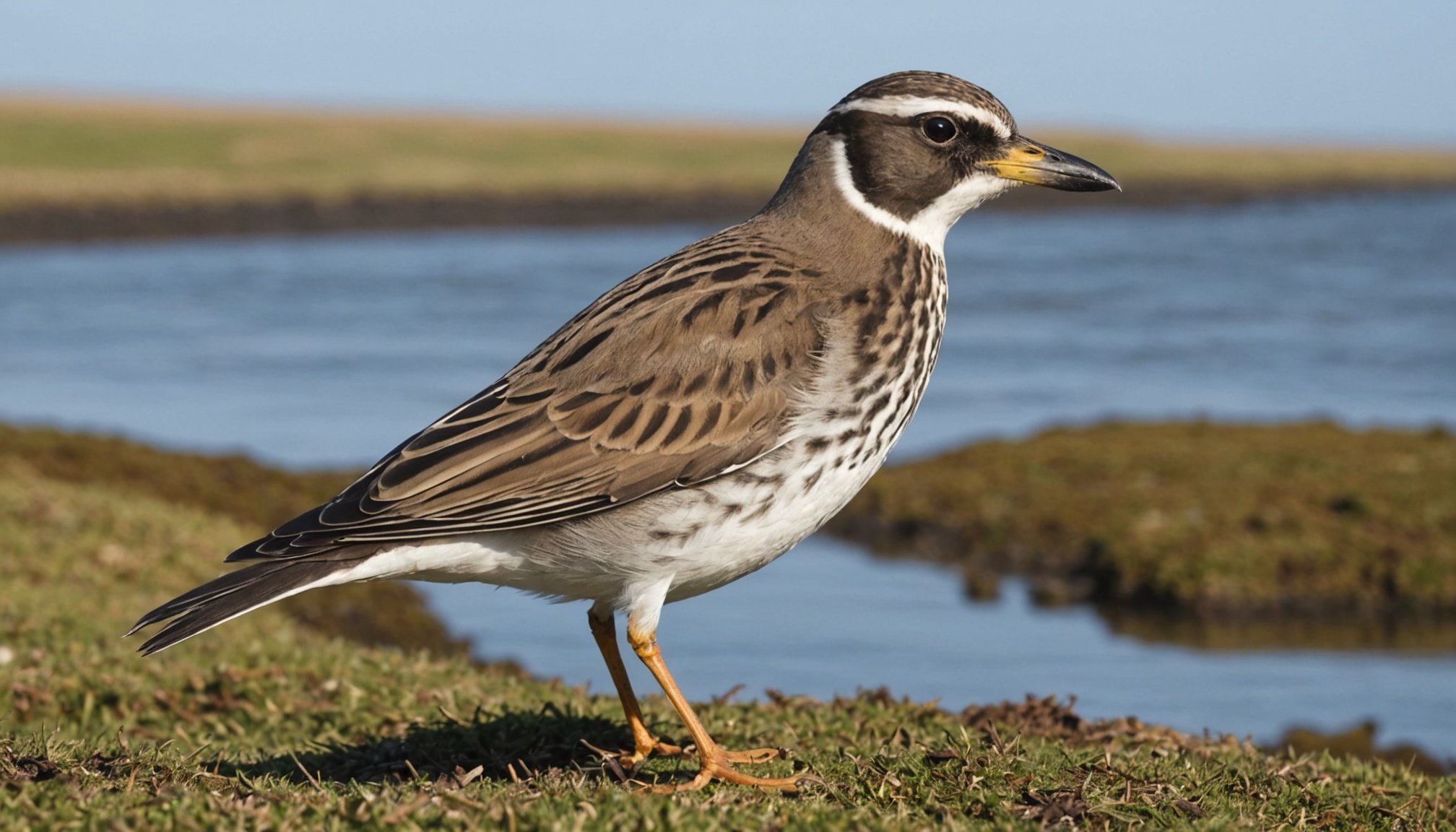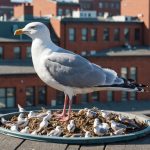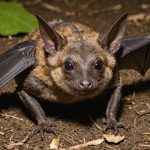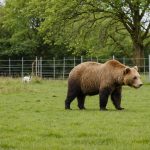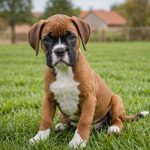How Climate Change Influences Coastal Bird Populations in the UK: Unveiling the Impact
Understanding the Context of Climate Change and Bird Populations
Climate change is one of the most pressing issues of our time, and its effects are far-reaching, impacting various aspects of our environment, including coastal bird populations. In the UK, these populations are particularly vulnerable due to the country’s unique geographical position and the diverse range of bird species that call its coasts home.
To grasp the full extent of the impact, it’s essential to understand the broader context of climate change. Global warming, driven by the increase in carbon emissions, is leading to rising temperatures, sea level rise, and changes in weather patterns. These changes have a cascading effect on ecosystems, particularly those in coastal areas.
A lire également : Effective Strategies for UK Residents to Diminish Light Pollution and Protect Nocturnal Wildlife
The Effects of Climate Change on Coastal Habitats
Coastal habitats, such as wetlands, estuaries, and beaches, are crucial for many bird species. However, these areas are highly susceptible to the effects of climate change.
Sea Level Rise and Coastal Erosion
One of the most immediate impacts is the rise in sea levels, which leads to coastal erosion and the loss of habitats. As the sea encroaches on land, it destroys nesting sites, feeding grounds, and breeding areas for many bird species. For example, the saltmarshes and mudflats that are vital for migratory birds like the Redshank and the Curlew are being eroded at an alarming rate[2].
Avez-vous vu cela : Essential Safety Measures for Managing Animal Escapes in UK Wildlife Parks
Changes in Weather Patterns
Changes in weather patterns also play a significant role. Increased frequency and intensity of storms can disrupt breeding cycles and destroy nests. For instance, the breeding season of the Puffin, a iconic UK coastal bird, is often disrupted by severe storms that can wipe out entire colonies of chicks and eggs.
Shifts in Food Availability
Climate change also affects the availability of food for coastal birds. Rising temperatures alter the distribution and abundance of fish, crustaceans, and other marine life that birds rely on for sustenance. This can lead to malnutrition and decreased survival rates among bird populations.
Impact on Specific Bird Species
Different bird species are affected in various ways by climate change.
Migratory Birds
Migratory birds, such as the Arctic Tern and the Barn Swallow, face significant challenges. Changes in temperature and weather patterns can disrupt their migratory routes and timing, leading to mismatches between the birds’ arrival and the availability of food resources. For example, the arrival of migratory birds in the UK may no longer coincide with the peak abundance of insects and other food sources, leading to a decrease in their populations[3].
Breeding and Nesting
Breeding and nesting habits are also impacted. Many coastal bird species rely on specific habitats for breeding, such as the Little Tern, which nests on sandy beaches. However, these habitats are increasingly threatened by rising sea levels and increased storm activity. The loss of these habitats can lead to a significant decrease in breeding success and population numbers.
Human Activities and Climate Change Mitigation
While climate change itself is a major threat, human activities can either exacerbate or mitigate these effects.
Renewable Energy and Wind Farms
The development of renewable energy, such as wind farms, is crucial for reducing carbon emissions and mitigating climate change. However, these installations can also have negative impacts on bird populations. For instance, wind turbines can increase the mortality of migratory birds, especially those that fly at night or in low visibility conditions[4].
Conservation Efforts
Conservation efforts are vital for protecting coastal bird populations. Organizations and governments are working to restore and protect habitats, such as the restoration of wetlands and the creation of artificial nesting sites. For example, the Royal Society for the Protection of Birds (RSPB) has been involved in numerous projects to protect and restore coastal habitats, including the creation of managed realignment sites to allow natural coastal processes to occur while protecting bird habitats.
Practical Insights and Actionable Advice
So, what can we do to help mitigate the impact of climate change on coastal bird populations?
Support Conservation Efforts
Supporting organizations involved in conservation work is crucial. Donations, volunteering, and spreading awareness can all contribute to the protection of coastal habitats.
Reduce Carbon Footprint
Reducing our individual carbon footprint can help mitigate the effects of climate change. Simple actions like using public transport, reducing energy consumption, and supporting renewable energy projects can make a significant difference.
Advocate for Policy Changes
Advocating for policy changes that support climate change mitigation and conservation is also important. Supporting policies that protect natural habitats and promote sustainable development can help ensure the long-term survival of coastal bird populations.
Table: Impact of Climate Change on Coastal Bird Populations
| Aspect of Climate Change | Impact on Coastal Bird Populations | Examples of Affected Species |
|---|---|---|
| Sea Level Rise | Loss of habitats, increased coastal erosion | Redshank, Curlew |
| Changes in Weather Patterns | Disruption of breeding cycles, nest destruction | Puffin |
| Shifts in Food Availability | Malnutrition, decreased survival rates | Arctic Tern, Barn Swallow |
| Human Activities (Wind Farms) | Increased mortality due to wind turbines | Migratory birds |
| Conservation Efforts | Protection and restoration of habitats | Little Tern, various species |
Quotes from Experts
- “Climate change is one of the most significant threats to bird populations globally. The UK’s coastal birds are particularly vulnerable due to the country’s unique geography and the diversity of species found here.” – Dr. Mark Avery, Former Conservation Director, RSPB.
- “The impact of climate change on coastal habitats is multifaceted. It’s not just about sea level rise; it’s about changes in weather patterns, food availability, and human activities. We need a comprehensive approach to mitigate these effects.” – Dr. Pearce-Higgins, Climate Change Scientist.
The impact of climate change on coastal bird populations in the UK is profound and multifaceted. From sea level rise and changes in weather patterns to shifts in food availability and the effects of human activities, the challenges are numerous. However, by understanding these impacts and taking practical steps to mitigate them, we can work towards a future where these incredible species continue to thrive.
Here are some key takeaways:
- Support Conservation: Back organizations working to protect and restore coastal habitats.
- Reduce Carbon Footprint: Make individual changes to reduce your carbon footprint.
- Advocate for Policy Changes: Support policies that protect natural habitats and promote sustainable development.
By working together, we can ensure that the beautiful and diverse coastal bird populations of the UK continue to flourish despite the challenges posed by climate change.



